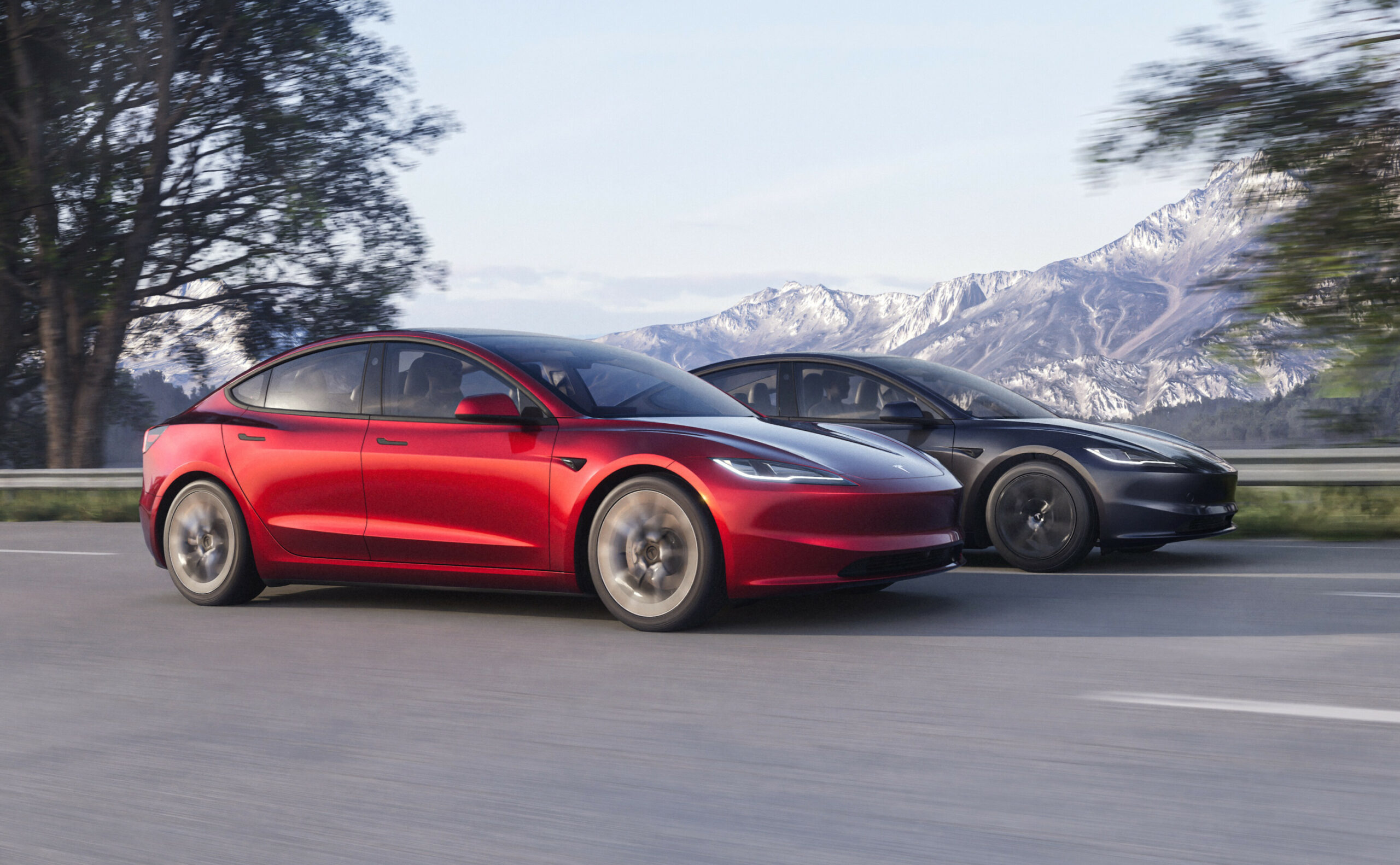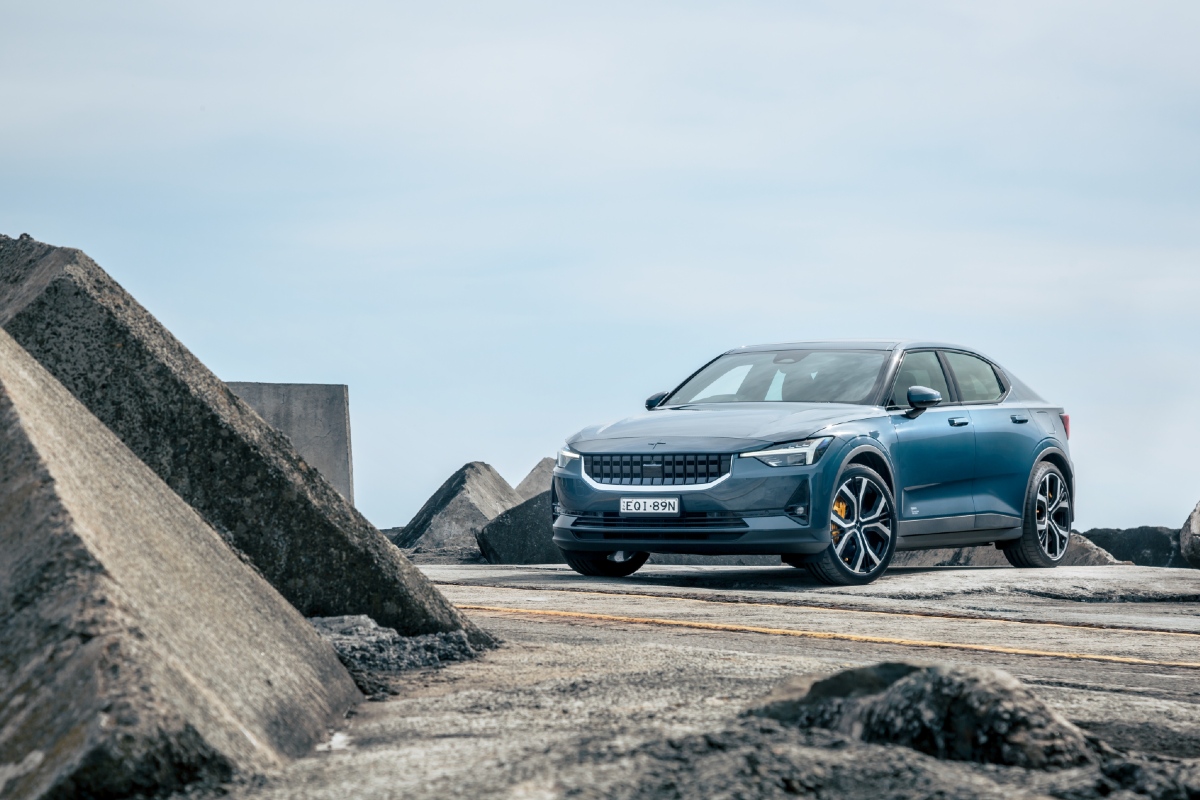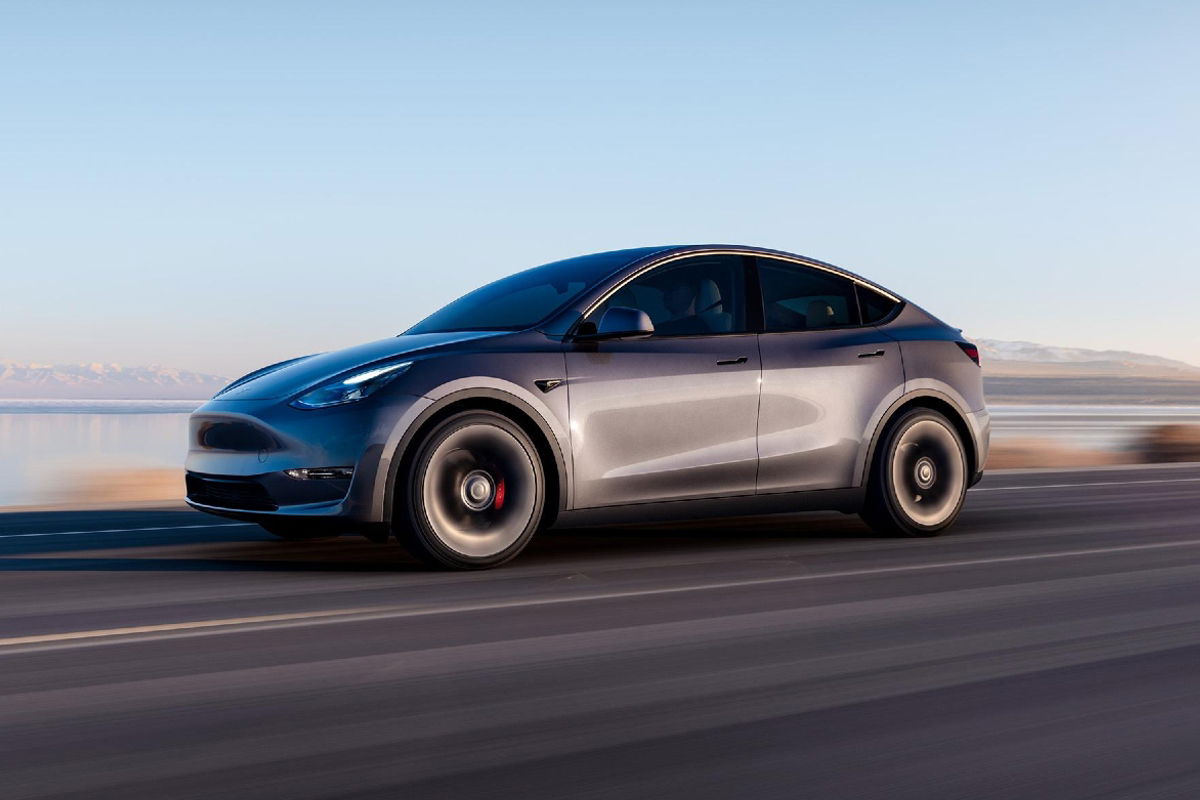
Electric vehicles are now established in the marketplace here, albeit at less than 10 per cent market penetration to date. But in some markets growth is slowing and manufacturers, such as Ford very publicly, are cutting their expansion plans for EV production drastically in order the meet the market.
This is, in my view, because there’s a massive fly in the EV ointment that has become apparent in recent months. And that’s secondhand, or residual, values.
Some markets are much more transparent than others, especially for English speakers! So, the most visible markets for us to assess here are in countries such as the USA and the UK. Furthermore, these places have very active and open private, as well as dealer, used car markets, unlike some territories, and often trends that are apparent there make their way here.
Whilst I was in the UK for Christmas, I spent some time with my friends in the car business to take the temperature of their market on a number of different issues. The two dominant subjects were; the plummeting values of almost every Land Rover product due to unviable insurance cost increases, and fast declining residual values of most EV models on sale.
READ MORE: Tesla’s used car market
The Land Rover issue was a reflection of so many late models being stolen too easily, and it now seems that JLR (the parent company) has stepped in with their own insurance offering as well as updated security systems in order to stabilize a market that was in free fall late last year. So that was probably a short-term problem.
Electric vehicle used values on the other hand, continue to drop both in the UK and the USA. Some folk will say that this is partly because Hertz (and other hire car companies) are publicly reducing the EV percentage of their fleet thereby creating short-term over supply, and that may be some truth in that. But I believe that the major issue now, and going forward, is that the secondhand car buyers simply don’t want to countenance the potential for having to pay for a new battery at some point during their ownership.
The majority of used car buyers are private individuals and even the longer warranty periods will typically expire during a second or third owners tenure. Hence, higher mileage ICE powered prestige cars normally have a higher rate of depreciation than more run of the mill products. That’s because the cost of repairs on those prestige cars is likely to reflect the original value rather than the real, used, value. EVs are in the same boat, but not just for the prestige end of the spectrum.
READ MORE: My conversion to electric motoring
The problem is that consumers really do face the prospect of having to replace a battery on an EV at some point in its later life. The battery may not be performing badly, it may have got damaged for any number of reasons (especially given that it’s normally the lowest point of an EV). And if the need to replace a battery is damage then warranty is irrelevant.
Battery replacement costs are spectacular when compared to the value of a mainstream used EV. Estimates range from $15,000 to $20,000 and more. If a prime example of the model you own is only worth $30,000 or less, then it’s hardly worth replacing the battery.

And it’s all very well to say that insurance will cover this. Yes, it often will, but then premiums reflect that. Even at the most optimistic level, EVs are costing 20-25 per cent more to insure than an equivalent internal combustion engined model. Sometimes it’s a great deal more.
Moreover, as a car gets older, there’s an increasing likelihood that the owner won’t have fully comprehensive insurance and then the cost of battery replacement will be born solely by that owner.
Some makes of EV have also developed a reputation for poor parts availability regardless of battery costs. That’s also inflated insurance charges.
READ MORE: Roland Dane – The greenest car I own… is not electric
First owners, corporate or otherwise, are far more likely to be able to bear the costs of higher premiums and can also rely on warranties to deal with these issues. As I’ve outlined above, those gradually evaporate over time and ownership changes.
But now even those first owners are becoming increasingly wary as they see residuals dropping. In the case of leasing companies, this is then reflected in higher monthly charges thereby negating potential lower running costs in comparison with ICE powered equivalents. Hence the slowing rate of EV adoption in many markets.
Whilst many people cite the issues over fast charger availability as the main stumbling block to faster EV adoption, I’m not convinced of that. I think this residual problem is a greater, and lasting, impediment going forward. Moreover, will time show that some of the cheaper EVs on the market today have batteries that last as long as the market assumes? Time will tell, but experience with power tools tells me that the cheaper ones don’t have the longevity of the pricier alternatives when it comes to battery life.
Last year I wrote about the lack of a dealer-based secondhand market for Teslas in this country, with a very small number of the used Model 3s here being offered by the trade, whilst in the UK 80 per cent were being offered by dealers. However, that UK percentage is dropping now with dealers becoming more wary about stocking them. That tells a story in itself.
It doesn’t matter what governments do in terms of incentives and expanding the charging station networks. Until the industry find solutions to the issues of insurance and residuals, electric vehicles are not going to dominate the Australian vehicle market.












Discussion about this post